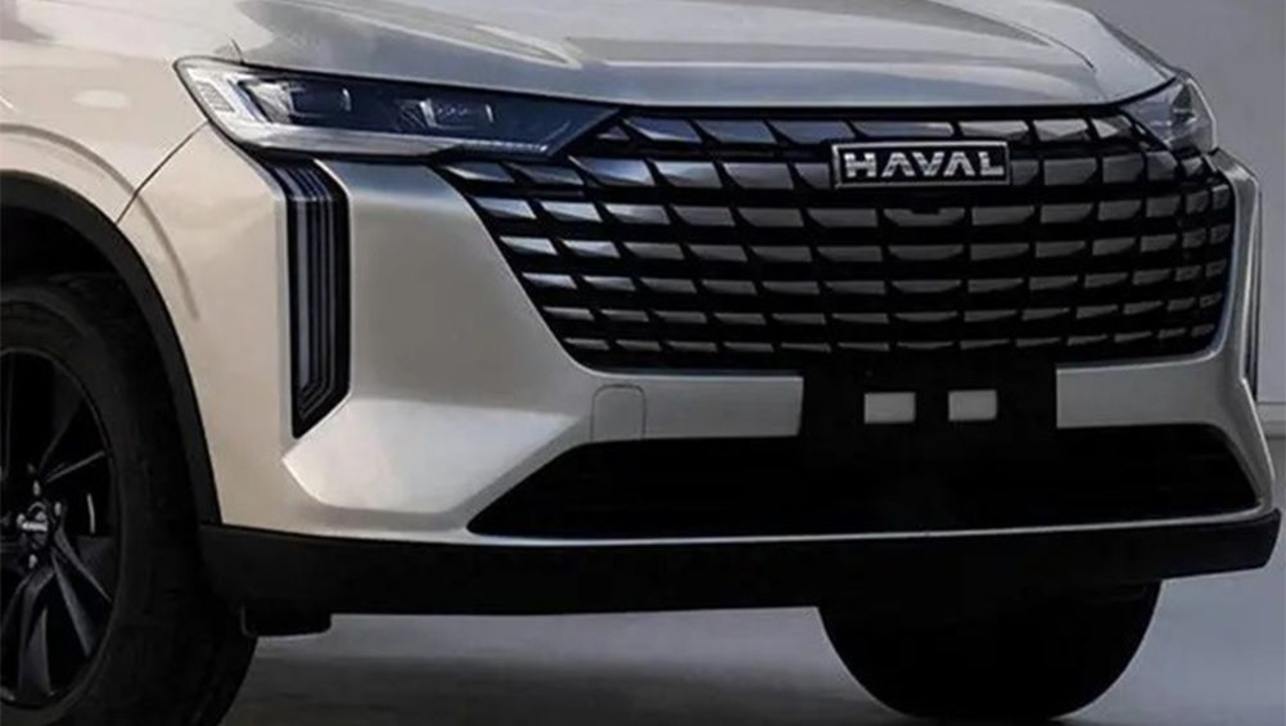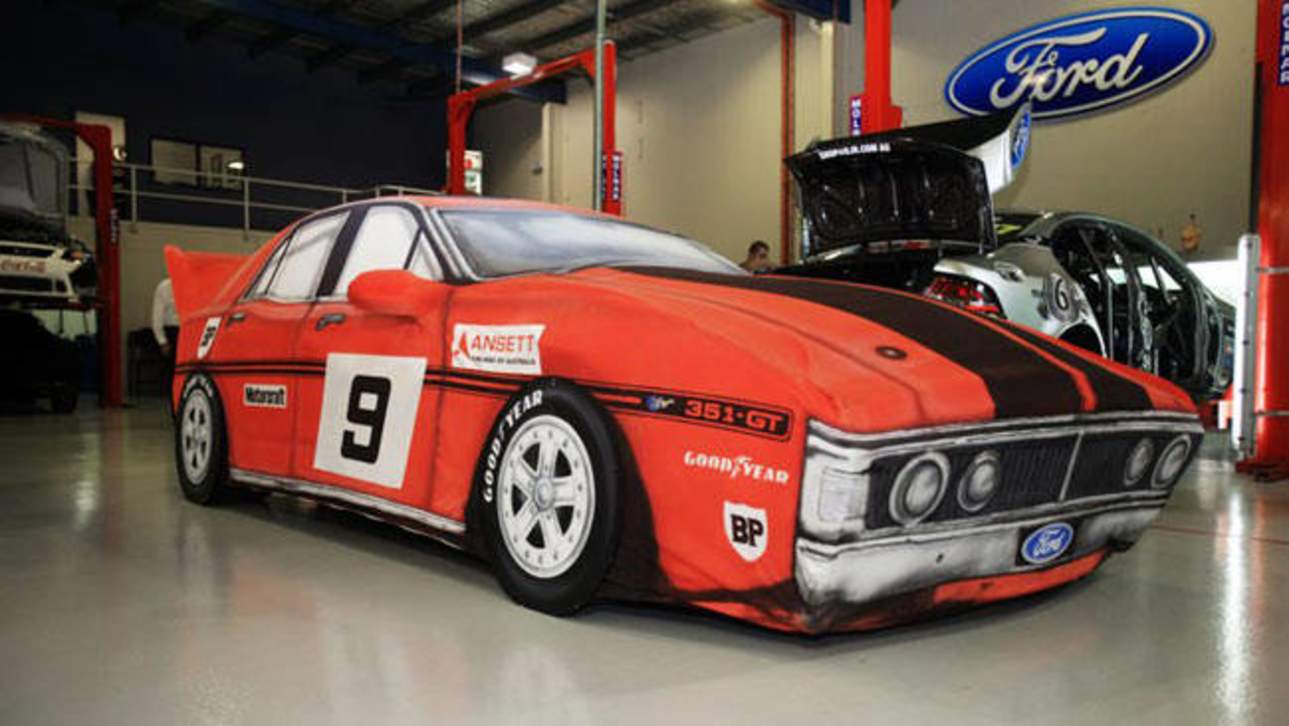The heat has well and truly come out of classic prices for hyper-expensive collectible cars with prices for the famous Ford Falcon GT-HO dropping in value up to 30 per cent over the past few months. The values are a far cry from 2006 and 2007 when speculators and collectors were paying stratospheric prices of up to $800,000 for Phase III versions of the Falcon GT-HO.
Prices for other proven Bathurst pedigree cars like the Holden Torana XU1 and A9X, as well as the Valiant Charger E38 and E49, grew in value because of the Phase III phenomenon. But prices for some of Australia's most collectible muscle cars are cooling as investors keep their hands in their pockets because of the global financial crisis. The decline is not just restricted to the top-end cars either.
Classic retailers say that some collector cars that several years ago would have fetched $200,000 are now worth $100,000 and the impact has been felt further down the price scale.
But Mike Selby, owner-operator of the Sydney-based on-line company Australian Muscle Car Sales, says even though prices have softened, a mint condition Phase III Falcon GT-HO will still fetch between $500,000 and $600,000.
He says even rarer versions may command more but it's a buyers' market. "We've just sold one very good Phase III for $550,000 and we've got one we're selling for $600,000," he says. "But lesser cars without logbooks and that are not perfect will struggle."
Selby says a low mileage Falcon GT-HO Phase III in exceptional condition will still command big money, particularly because very few survive. "They only build about 300," he says.
"There are about 180 left and of those there are probably between 12 to 20 cars with less than 50,000km on the clock. Those cars will command really big dollars."
Selby says there is a distinct reason why people opt for the famous Bathurst cars like the Torana XU1, A9X, various Falcon GTs and Valiant Chargers. "They are really buying what you can't buy ever again," he says. "They were cars you could buy at your local dealer, drive to Bathurst, and win a race. That is the mystic of that era. They were factory built race cars and that has not been done since."
Selby does not believe that some of the newer cars like the Group A Holdens and Fairmont Ghia ESP models will command the same respect, or prices, among collectors. "They are certainly rare cars and interesting but the reason people were buying the GTs and XU1s is because they were something very special," he says. "I think that is an era that's gone."
He says as with all cycles he believes the time is right for smart buyers to re-enter the market. "The market has come down a fair way, in line with what happened in the financial world," he says. "But I think it's flattened out now and holding steady," he says "I don't see anything going up yet but there's definitely more interest now than there was before even if cars are taking longer to sell."
Specialist classic seller Paul Sabine of the Brooklands Classic Car dealership in suburban Melbourne echoes Selby's view of the classic slide. Brooklands specialises in rare European vehicles and Sabine says he avoids Australian muscle cars because of the over-inflated prices.
"Some of the later-model Europeans like Porsches, Ferraris and Mercedes-Benz have dropped off a bit," he says. However, he says demand is still strong for low-mileage early model Europeans and finding early examples is getting harder. Demand is outstripping supply but prices for these cars haven't dropped much," he says.
Sabine says one segment that has experienced substantial price plunges of up to 30 per cent are the "middle American cars". "The garden-variety Mustangs, Thunderbirds, Camaros... there are just too many out there now," he says.
He says the market is awash with imported left-hand drive daily drivers with people hoping to restore them and sell them for profit. "The bottom line is that the restoration costs still keep climbing," he says. "While parts are available for Mustangs the labour costs still haven't dropped. Why would you spend $60,000 doing up a Mustang that's going to be worth $40,000 and you've also paid $15,000 or $20,000 for it?"
Apart from road-registered classics, original race cars are also still commanding top prices. "There are very few around," Sabine says. The national auctions manager for classic auction house Shannons in Melbourne, Christophe Boribon, says although the Bathurst cars have dropped in value, prices for some of the European cars being auctioned have remained buoyant.
But Boribon admits that even values of some of the Shannons collectibles have dropped about 10 per cent since the global financial crisis. "But unlike the muscle cars, the European cars are in a less speculative area," he says. "We sell passion and hobbie cars, we don't sell the A to B cars."
Selby says the market still has some way to go before it is fully recovered. "What you'll find is that once confidence returns to real estate and sharemarket, things will pick up," he says. "The stock that is there isn't moving really quickly but it is moving." He says the only people who have survived the shakeout unscathed are seriously rich collectors who have been able to hang on to their cars. "There have not been any firesales," he says.
Tomorrow's highly collectible car could be sitting in your garage. If one of the original Australian muscle cars from the 1960s or 1970s are out of reach some later model cars have collector potential. And you might already be driving around in them.
Early examples of the humble Ford Fairlane, Valiant Pacer and Safari wagons and various Falcons from the early 1960s like the XK and XL are becoming more desirable. Prices can start from as low as $10,000, rising up to $30,000 low-mileage mint condition locally built Aussie cars.
Even the humble Holden Torana sedan and hatch are now considered collectible with growing interest in original Torana SL and SS hatchback with its "hatchback hutch" portable tent from 1976 to 1978. Very few were made and carsguide has heard of one country NSW collector who found one in mint condition, including the tent, for $15,000.
Some of the older Subarus, Mazdas and Hondas are even worth a look. Early Honda Civics are relatively cheap but if you're after the S600 or S800 sportscars - if you can find them - expect to pay top dollar. The same goes for some of the older rotary-engined Mazdas. Some of the first MX5 sportscars are now considered collectible too. Early examples of Subaru's Liberty GT, if they aren't bastardised with big wheels, garish interior gauges and oversized exhausts, plus the quirky looking SVX also have collector potential.
European cars like the Saab's 900 series hatch, particularly the Aero models from the early 1990s, have strong reputations and the Pininfarina-designed Peugeot 406 coupe is something of a sleeper. Cars like the Morris Minor Traveller, Ford Capri RS3100, Datsun 240Z and 260Z and Volvo 1800ES are out there but are becoming harder to find. Various older Mercedes-Benzes, like the 1970s 280SE and the 280SL Pagoda are popular but the Pagoda is rare today and commands big prices.
If all else fails early versions of the Citroen DS, Mini Cooper, Alfa Romeo GTV, MG and Triumph, some Jaguars, the BMW 2002ti and 6 Series and early E39 3 Series iS models. Shannons' Christophe Boribon reckons later model limited-edition cars like the Mitsubishi Evo, the original R32 GTR Skylines, Toyota MR2, original two-door Subaru STis and the Mazda RX7 Series 8 have potential as tomorrow's classics.
Further up the scale Boribon says the Audi RS4 wagon, BMW M3 CSL and even the Mercedes-Benz AMG65 SL Black Series are likely to become more desirable as the years pass. "It really comes down to whether they're limited edition models though," he says. "It's the same for Ferraris and Lamborghinis; they have to be limited edition models."
Boribon, Selby and Sabine agree that a car's rarity and its condition are paramount for true collectors. "An original condition car, whatever it is, will fetch a good price," Sabine says. There are few specifics about what will, or won't, become a collectible, he says. If very few examples of a particular model exist and its in original condition, it can be more desirable, he says.
"But if you absolutely like the car you're looking at then I'd say buy it," he says. "Life is an experience. "The one tip is to buy the best car you can afford, whatever it is." However, he has a word of warning for those expecting their classics to drive like a 2009 model. "They often don't have power steering, handle particularly well or have the creature comforts you get today," he says.



.jpg)
.jpg)



.jpg)
.jpg)
.jpg)



































.jpg)

.jpg)
.jpg)


.jpg)

.jpg)





.jpg.jpg)


Comments